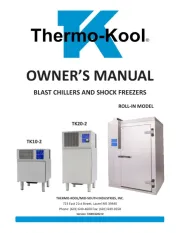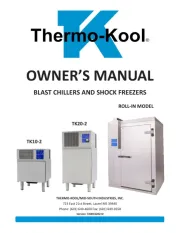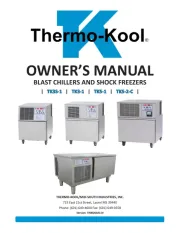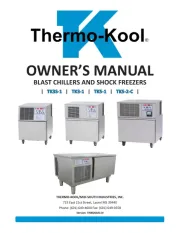Thermo-Kool TK3-1 Manual
Læs gratis den danske manual til Thermo-Kool TK3-1 (56 sider) i kategorien Køleskab. Denne vejledning er vurderet som hjælpsom af 14 personer og har en gennemsnitlig bedømmelse på 4.9 stjerner ud af 7.5 anmeldelser.
Har du et spørgsmål om Thermo-Kool TK3-1, eller vil du spørge andre brugere om produktet?

Produkt Specifikationer
| Mærke: | Thermo-Kool |
| Kategori: | Køleskab |
| Model: | TK3-1 |
Har du brug for hjælp?
Hvis du har brug for hjælp til Thermo-Kool TK3-1 stil et spørgsmål nedenfor, og andre brugere vil svare dig
Køleskab Thermo-Kool Manualer





Køleskab Manualer
- Mercury
- Curtiss
- Izzy
- Perel
- Salora
- Paulmann
- Structural Concepts
- Omega
- Corona
- Fisher & Paykel
- Lamona
- Gamko
- Finlux
- Hoshizaki
- NewAir
Nyeste Køleskab Manualer









